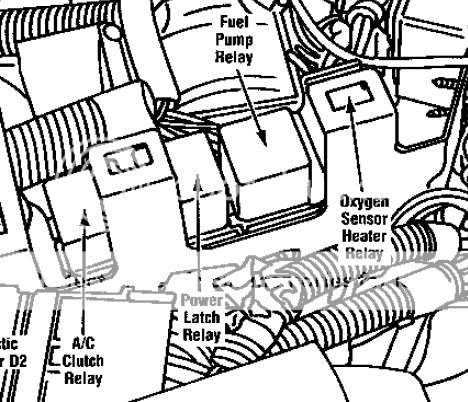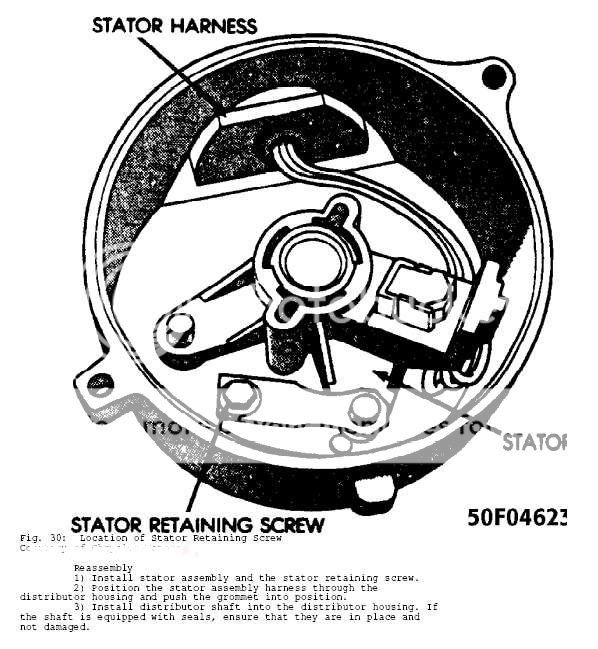againstherwill:
I am also dealing with an '89 XJ here, although it starts but will not run. Maybe I could give you a couple of pointers
1) The non-technical way of knowing if injectors are working -- take a smell test -- I definately smell fresh fuel in the engine compartment after cranking a couple of times and preventing a spark.
2) According to an '88 FSM (available on the net with some searching), besides the usual usual suspects, an open CTS Sensor will prevent the start. I've confirmed this by unplugging mine and not getting a start. Mine reads around 7K Oms across its terminals with 45 degrees outside.
I am also dealing with an '89 XJ here, although it starts but will not run. Maybe I could give you a couple of pointers
1) The non-technical way of knowing if injectors are working -- take a smell test -- I definately smell fresh fuel in the engine compartment after cranking a couple of times and preventing a spark.
2) According to an '88 FSM (available on the net with some searching), besides the usual usual suspects, an open CTS Sensor will prevent the start. I've confirmed this by unplugging mine and not getting a start. Mine reads around 7K Oms across its terminals with 45 degrees outside.


